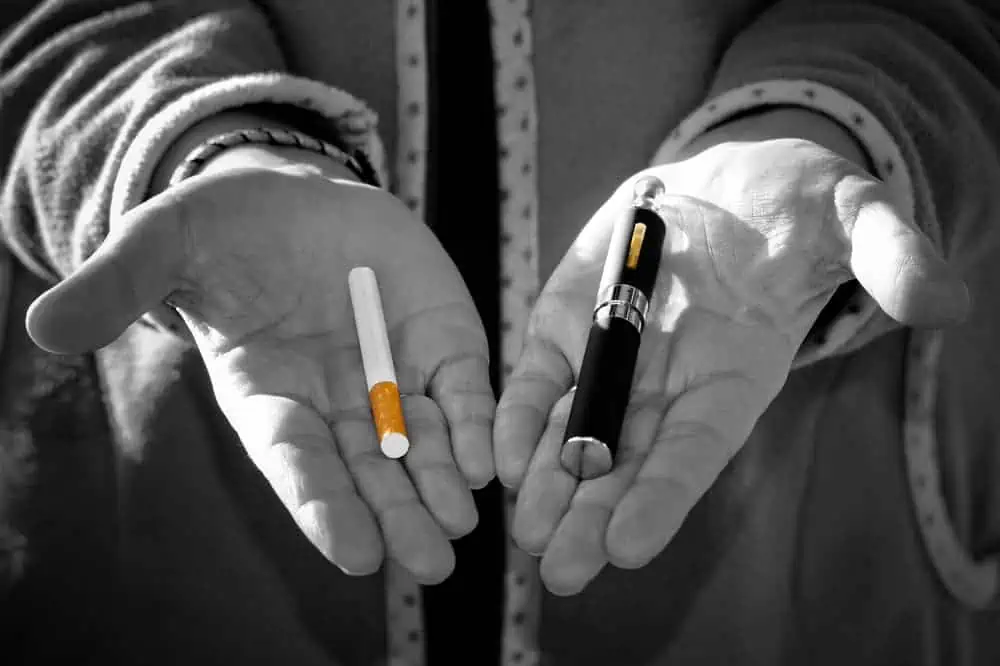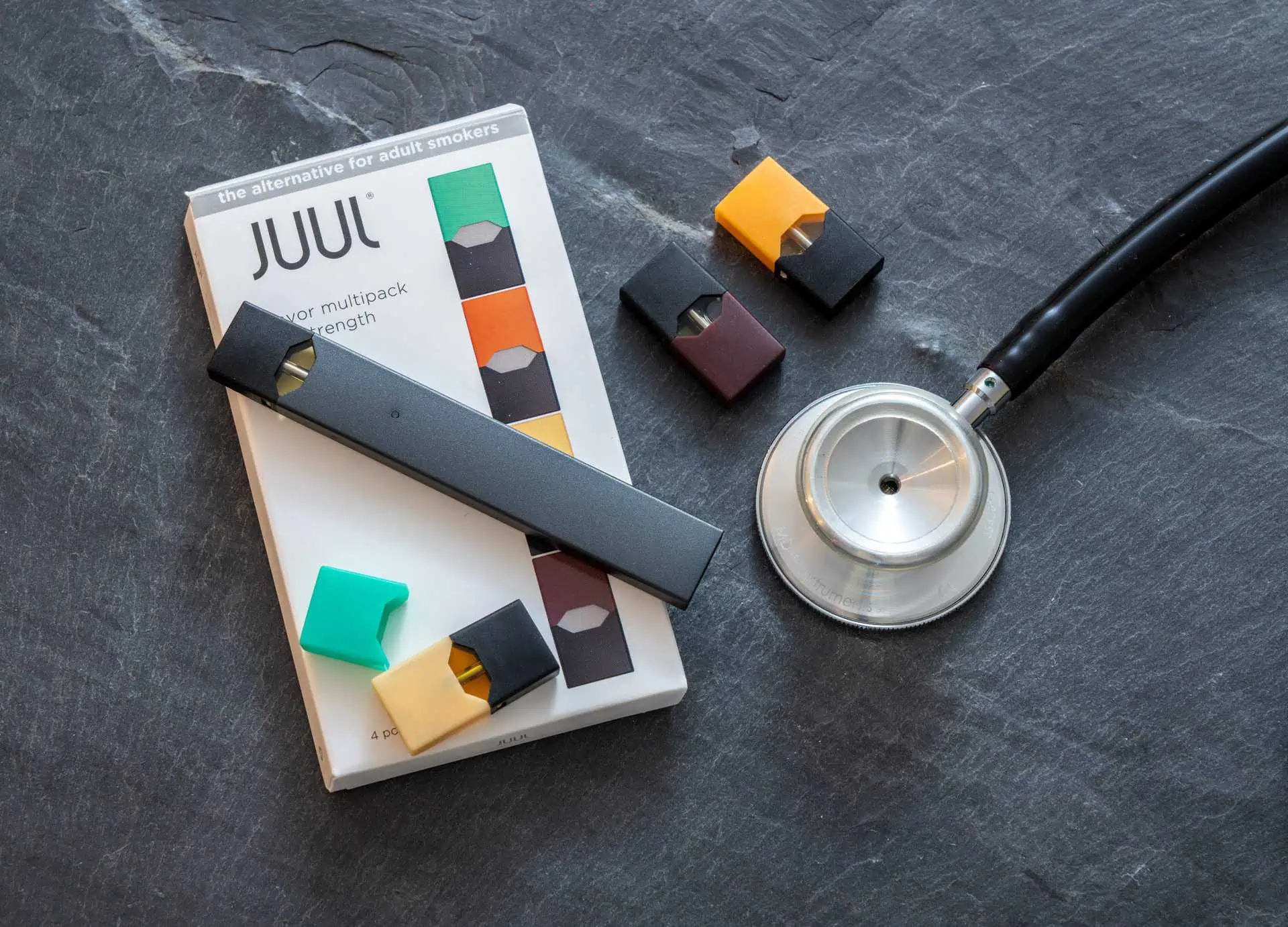
According to FDA Commissioner Gottlieb, approximately 2/3 of Juul users are “new users of nicotine”, meaning, on an overwhelming basis, Juul products are not being used by adult smokers as a smoking cessation device.
Juul labs has used questionable marketing tactics for years that focused on this teen non-smoking market, according to Juul lawsuits currently being filed by Juul lawyers.
From the start, Juul created a product that was not easily distinguishable from a computer USB drive, making the carrying of such a product in a backpack undetectable to adults.
Furthermore, although E-cigarettes were traditionally marketed as “smoking cessation” tools, Juul took the bold step of marketing to a population of non-previous smokers – specifically, the nation’s teen population.
According to the 2016 NYTS, 78.2% of middle and high-school students – 20.5 million youth – have been exposed to e-cigarette advertisements from at least one source.
Just when teen cigarette use had hit a record low, Juuling and vaping have become an epidemic in our schools with products that seem targeted to get young people hooked on nicotine.
And, the future for our nation’s teen population does not look bright. In 2018, Altria, the parent company of Philip Morris USA, invested 13 billion in Juul.
According to Senator Dick Durbin, this decision to team up with Altria is also bad news for children considering that Altria has a long and sordid history of spending billions to entice children to smoke through targeted campaigns that intentionally lied about the science and health effects of cigarettes.
Altria’s efforts paid off – Marlboro continues to be the most popular cigarette brand among children in the US with 48.8% of HS smokers preferring Marlboro cigarettes.
Flavored pods, cartridges filled with nicotine-laced liquids, with cute names such as apple tart, tropical melon, and banana crème remain available online even today.
In fact, as of 8/27/2018, the FDA database listed 278 total Juul products with 57 distinct flavors and three different nicotine levels.
Instant Case Decision
See if you qualify for a Juul lawsuit and the right to potentially significant financial recovery.
The Juul Instant Case Evaluator ℠ provides lawsuit qualification information and details regarding your situation.
- Teenage Juul Addiction.
- Lung disease, or other condition, developed after using Juul.
Juul addiction lawsuits show that early marketing efforts by Juul included paying young “social media influencers” to publicize their products.
In addition, documents show that a Juul representative repeatedly told a ninth-grade classroom that the company’s e-cigarette was “totally safe” before showing underage students the device.

Addicted teens note that Juul has maneuvered its way into teen school life and adolescent culture in the form of jokes, memes, and lingo.
Bathrooms often referred to as the “Juul room” and the passing of USB drives rather than Juuls.
Young people refer to JUULs as the “iPhone” of vaping devices because of their sleek, technological appearance.
In addition, the small size and resemblance to a USB flash drive allow students to easily conceal the device.
These devices can be personalized with wraps or “skins” to conceal them as other everyday products, such as Sharpie pens, or to decorate them with an array of designs, colors, images, and even cartoon characters.
The AG’s Office has heard from numerous school officials about the
Juul teen addiction lawsuits seek to hold Juul responsible for the efforts they took to hide the risk of addiction from our nation’s teens.
Juul class action lawsuits may be able to assist in funding the next problem – figuring out a way to treat teens and children addicted to adult products.



